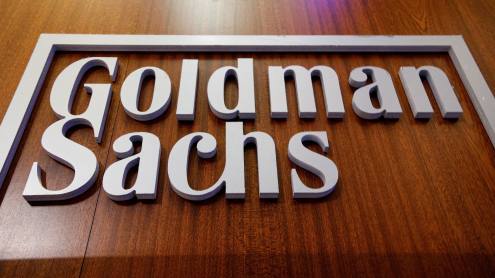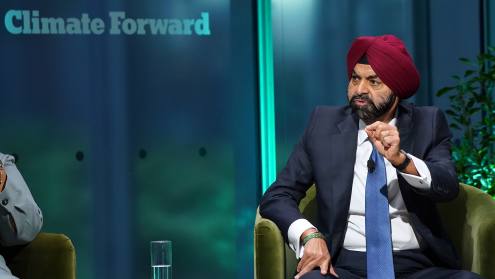
| Country | Population size | Number of SMEs | Measures | |
| China
| 1.4 billion | 38 million | An estimated Rmb2600bn ($367.4bn) of fiscal measures or financing plans have been announced. The People’s Bank of China has provided monetary policy support and key measures include liquidity injection into the banking system, including Rmb3000bn in the first half of February and expansion of re-lending and rediscounting facilities by Rmb800bn to support manufacturers of medical supplies and daily necessities and Rmb300bn to small and medium-sized enterprises (SMEs). Other measures include the reduction of the seven-day and 14-day reverse repo rates as well as the one-year medium-term lending facility rate by 10 basis points (bps) and cutting the interest rate on banks’ excess reserves to 0.35% from 0.72%. Banks' required reserve ratio has been lowered by 50-200 bps, releasing Rmb950bn. | |
| Hong Kong | 7 million | 340,000 | An estimated HK$287.5bn ($37.1bn) of fiscal measures have been announced and are being implemented amounting to 10% of GDP. Key measures to provide financial relief include the introduction of low-interest loans for SMEs with 100% government guarantee. | |
| India | 1.3 billion | 42.5 million | On May 12, the Indian government launched a Rs20,000bn ($266bn) economic stimulus package – equivalent to about 10% of GDP. The the package seeks to provide support to industry, SMEs, the self-employed, farmers and others who have been hit by the lockdown. The move follows a Rs1700bn economic stimulus plan in March providing direct cash transfers and food security measures. On March 27, the Reserve Bank of India reduced the repo and reverse repo rates by 75bps and 90bps to 4.4 and 4.0%, respectively, and announced liquidity measures to the tune of Rs3700bn. | |
| Japan | 126.5 million | 3.5 million | On June 16, the Bank of Japan (BoJ) increased its coronavirus lending programme to ¥110,000bn ($1,020bn). The Covid-19 programme provides zero interest loans to banks if they boost lending to companies. On April 27, BoJ expanded monetary stimulus and pledged to buy an unlimited amount of bonds to keep borrowing costs low. To ease corporate funding strains, the central bank said it will boost three-fold the maximum amount of corporate bonds and commercial paper it buys to ¥20,000bn ($186bn). Earlier in April, the Japanese government adopted an emergency economic package of ¥117,100bn (21.1% of GDP), which subsumed two previously announced packages. The BoJ had previously announced a set of measures, including an increase in the size and frequency of Japanese government bond purchases, special funds-supplying operation to provide loans to financial institution to facilitate financing of corporates, a temporary increase in the annual pace of BoJ’s purchases of ETFs and Japan-REITs. | |
| South Korea | 51.6 million | 3.5 million | On June 4, South Korea unveiled a 35,300bn won ($40.4bn) supplementary budget – its third budget this year. The latest budget aims to direct more spending to protect jobs and additional loans will be made to SMEs. The move takes total stimulus spending to 270,000bn won ($222bn). The government has put in place support measures equivalent to about 14% of GDP to counter the economic fallout from Covid-19. Measures taken by the Bank of Korea (BOK) include lowering the base rate by a cumulative 75 basis points, from 1.25% to 0.5%, and making unlimited amounts available through open market operations.
| |
| Singapore | 5.6 million | 220,000
| On May 26, Singapore unveiled its fourth economic stimulus package in response to pandemic. The most recent S$33bn package focuses on retaining jobs. Along with the three previous stimulus packages, Singapore will spend almost S$100bn ($70.4bn) to support businesses and households cope with the fallout from the crisis, which amounts to just under 20% GDP. | |
| Australia | 24.9 million | 2.5 million | Australia’s fiscal response to the Covi-19 pandemic, consisting of expenditure and revenue measures worth A$134.5bn (US$93.9bn), stood at almost 10% of GDP in late June. Measures include wage subsidies, income support to households, cash flow support to businesses, investment incentives, and targeted measures for affected regions and industries (including the HomeBuilder programme supporting the construction industry). In addition, parliament has approved an advance authorisation of A$40bn for unforeseen events. The central bank slashed interest rates twice in March to a record low 0.25% and launched an unlimited quantitative easing programme to help protect the economy. | |
| New Zealand | 4.8 million | 487,600 | Two fiscal packages announced so far amount to NZ$62.1bn (US$40.7bn) totalling 21.3% of GDP. On May 14, the government unveiled a NZ$50bn fund to protect jobs and reduce unemployment. Spending focuses on training and apprenticeships, public housing and infrastructure. On March 17, the government announced a NZ$12.1bn stimulus package including wage subsidies, support for the healthcare sector, money for low-income families and changes to business tax. The Reserve Bank of New Zealand reduced the official cash rate by 75bp to 0.25% on March 17. |
Sources: International Monetary Fund, Institute of International Finance, official data, news sources






